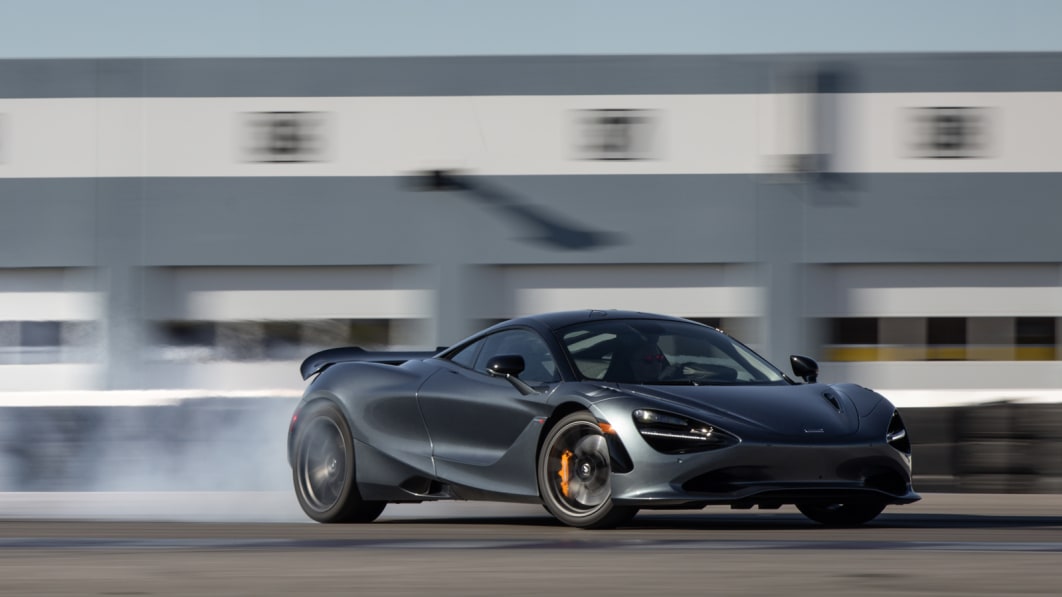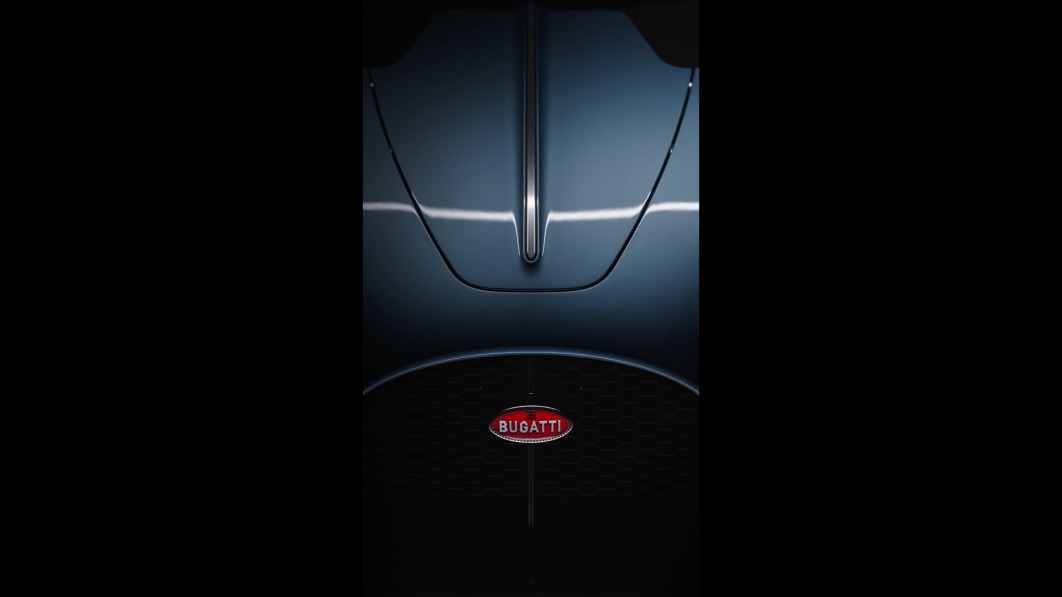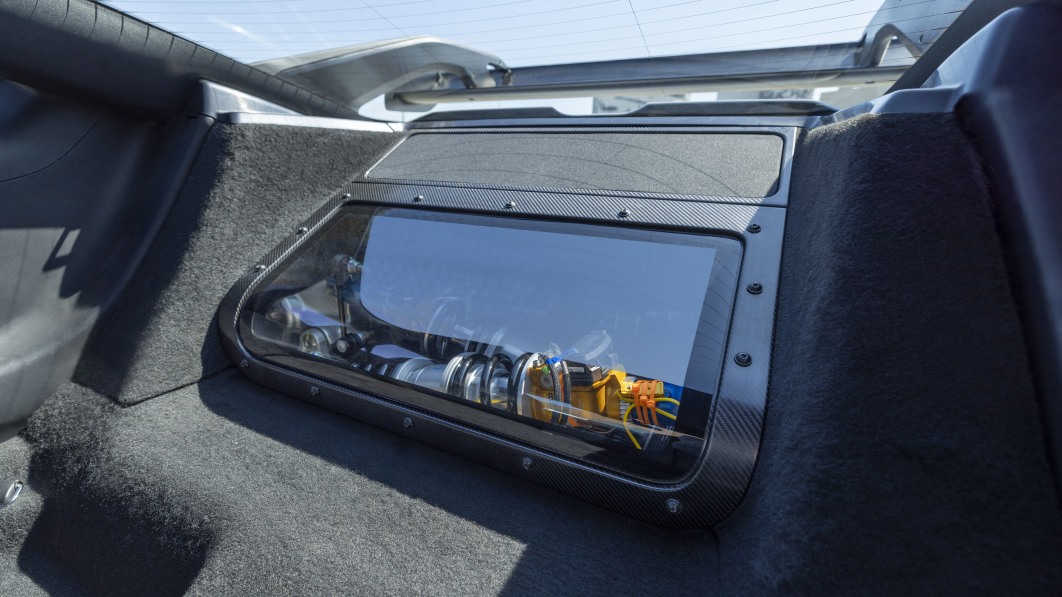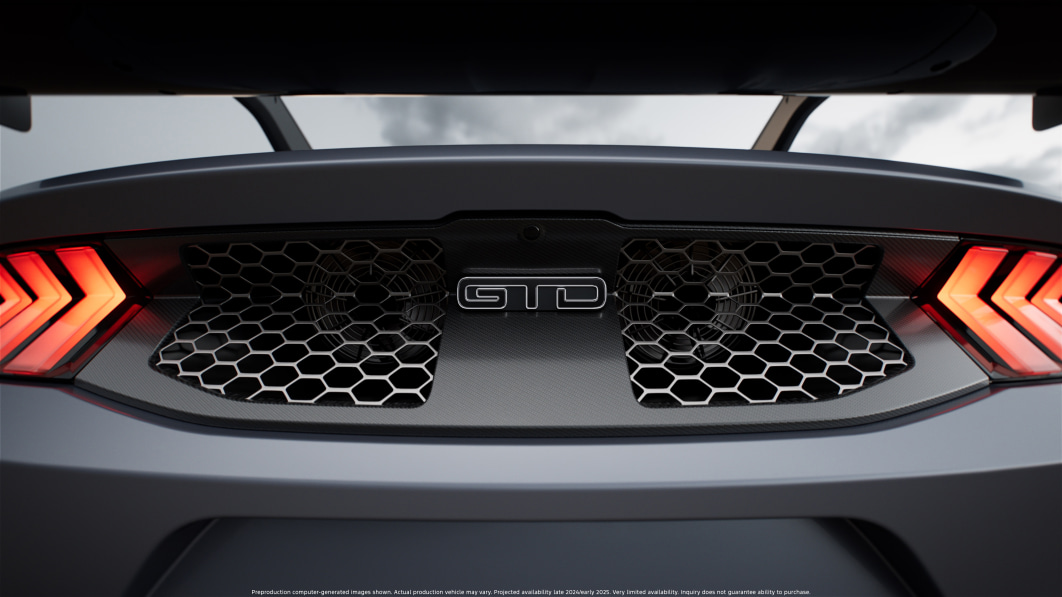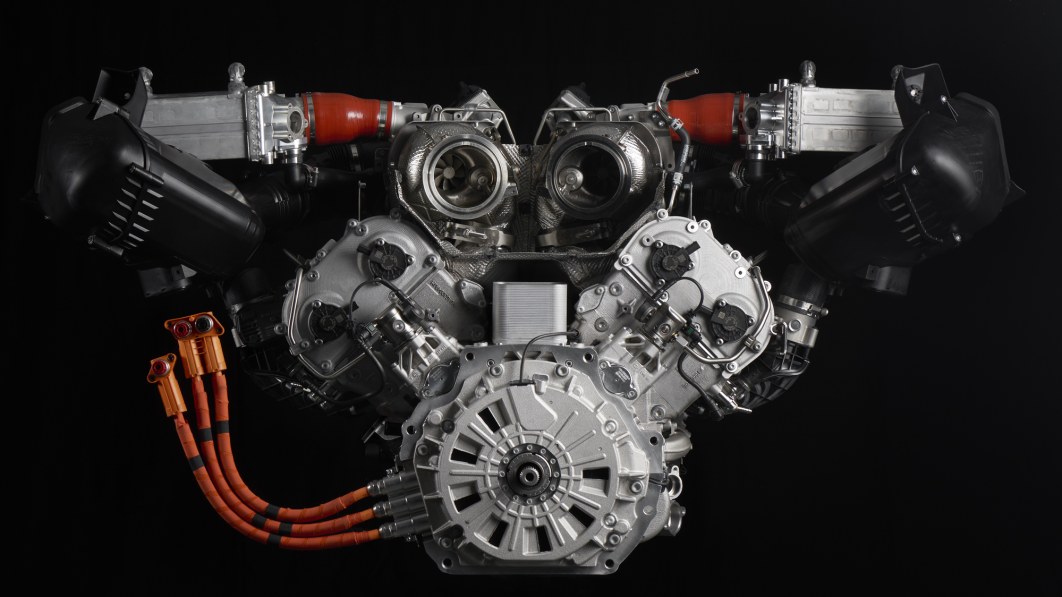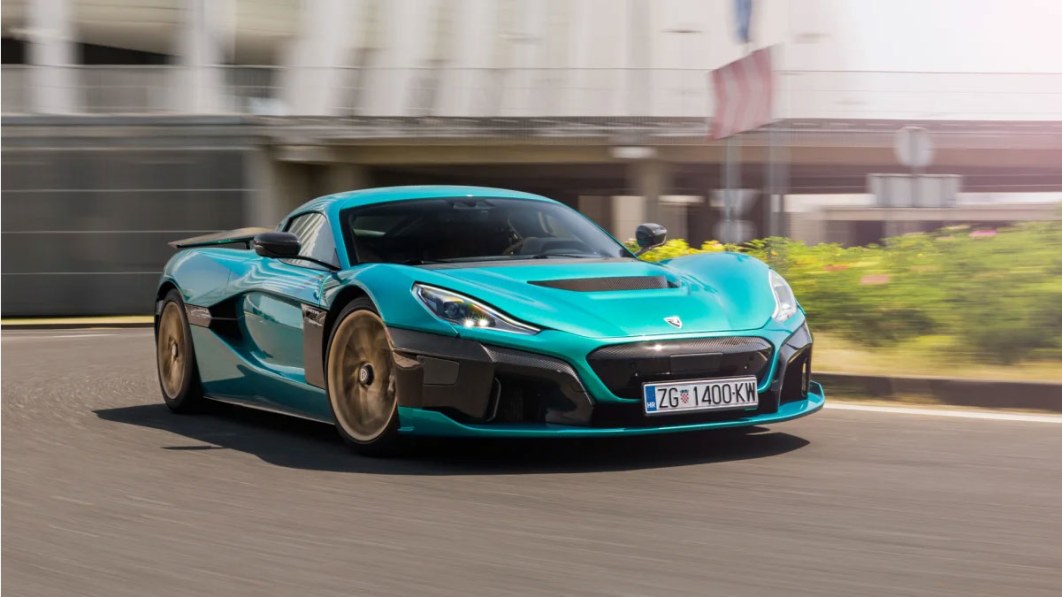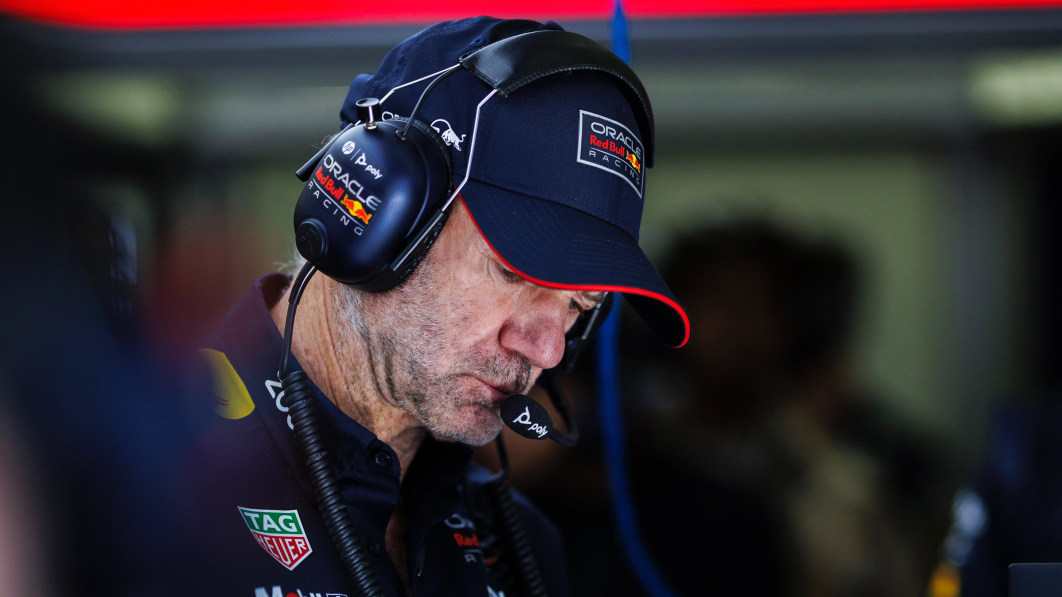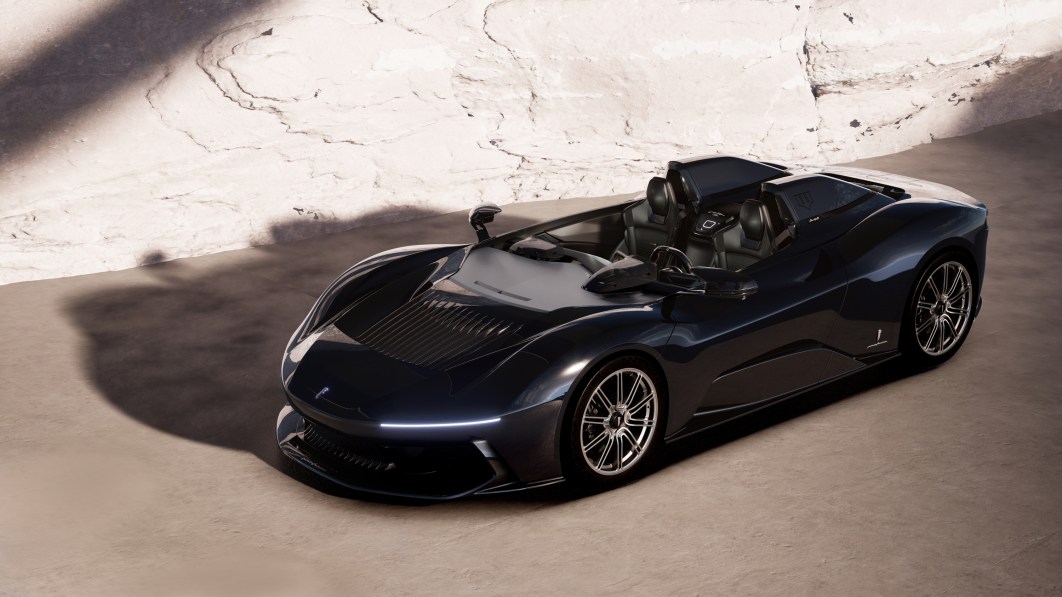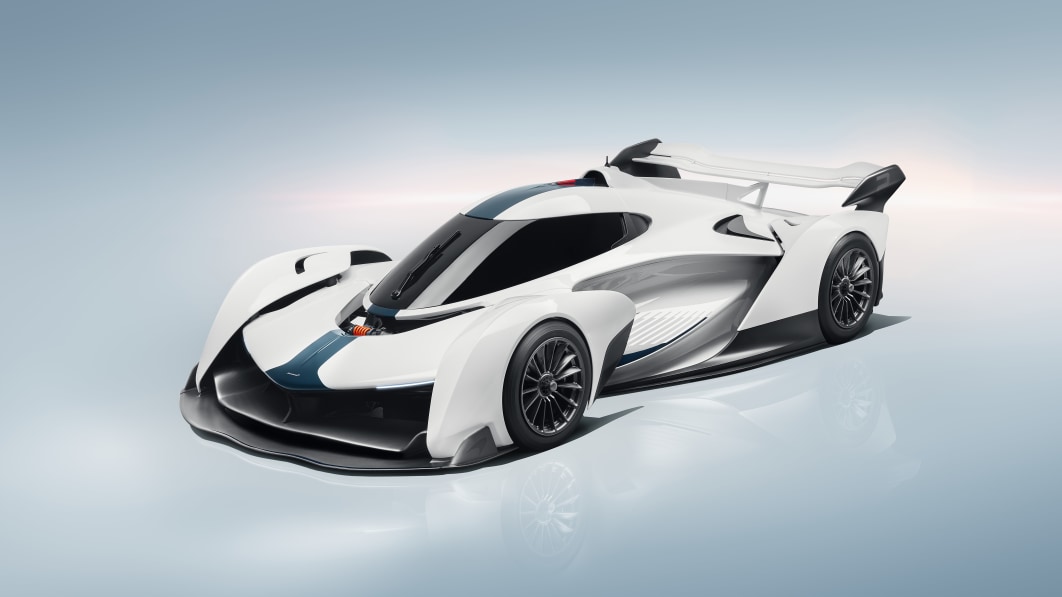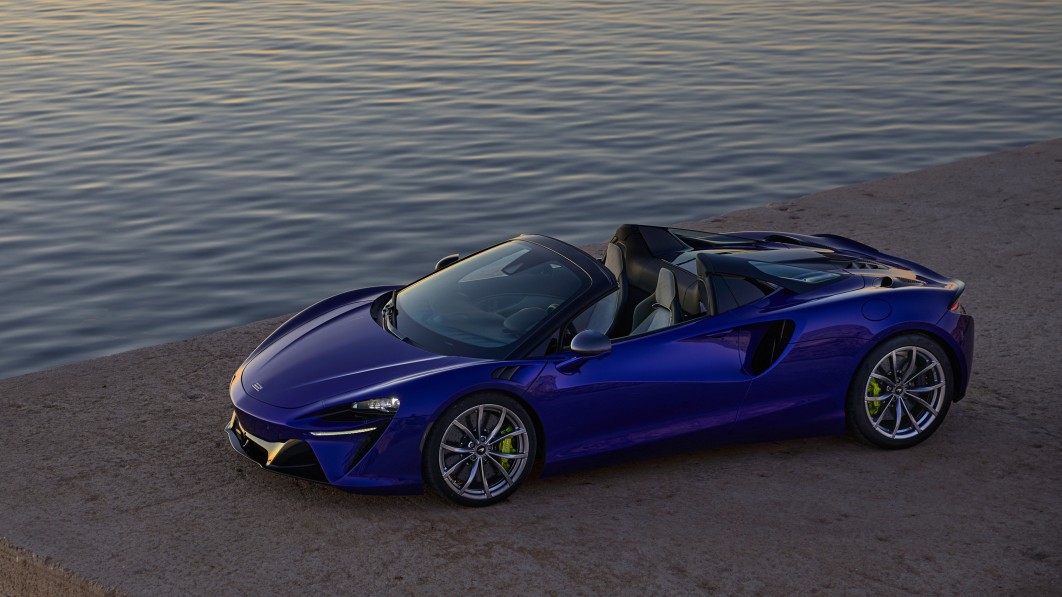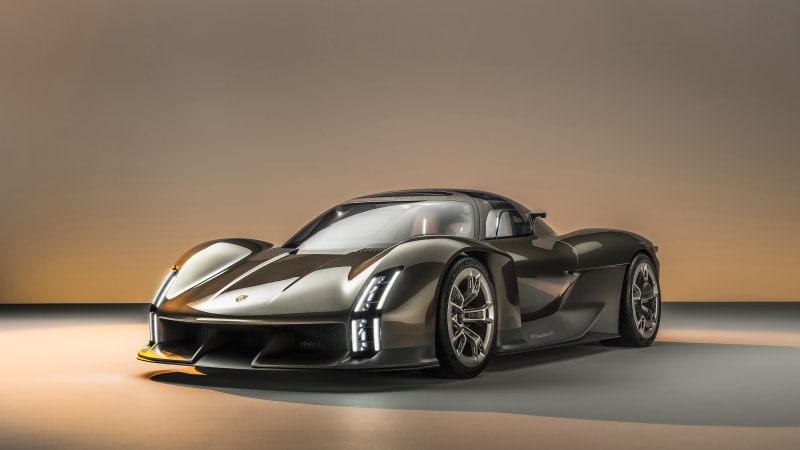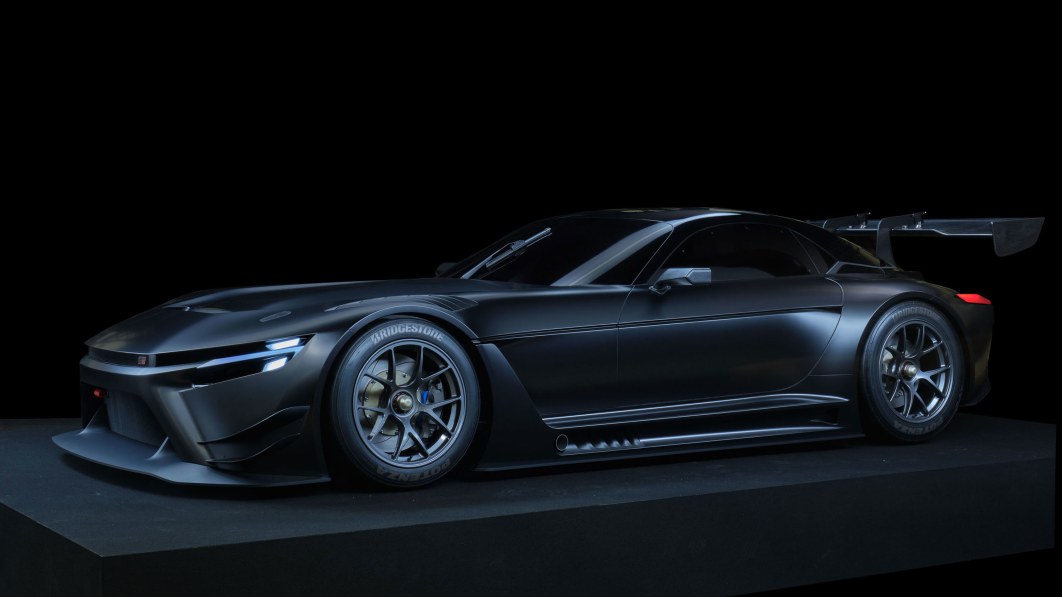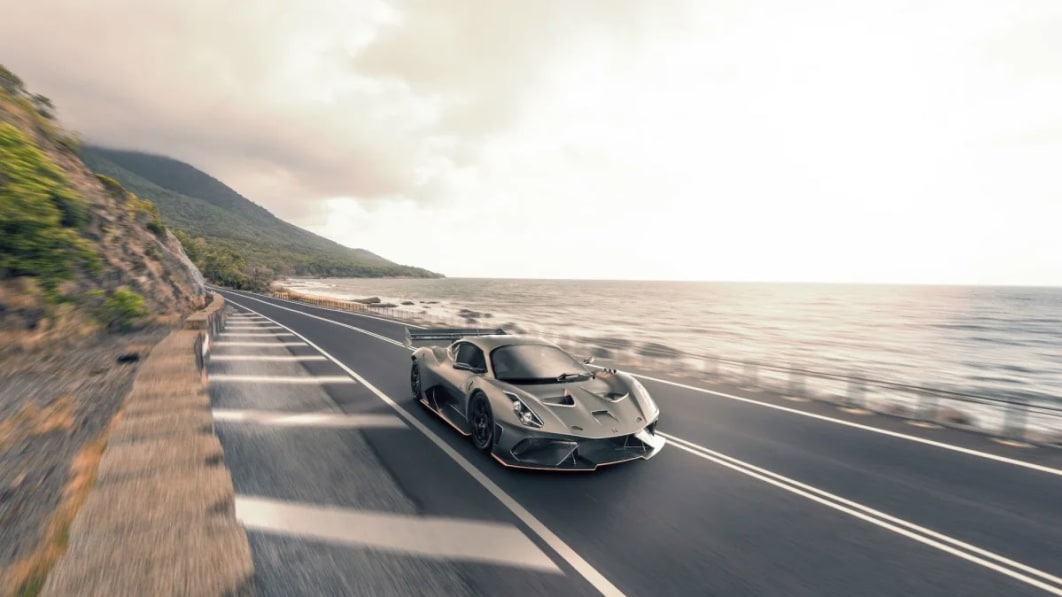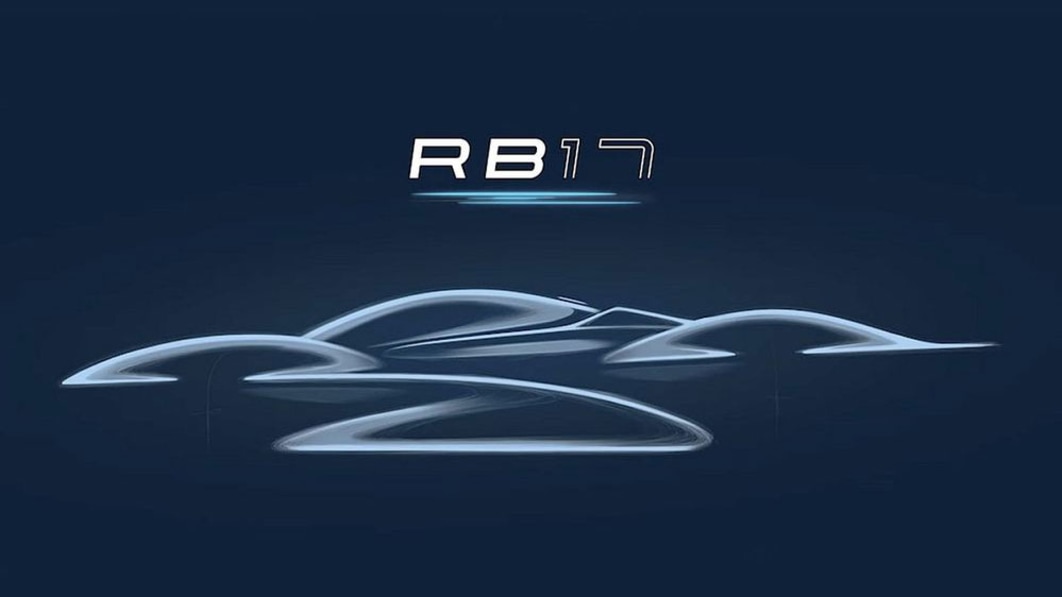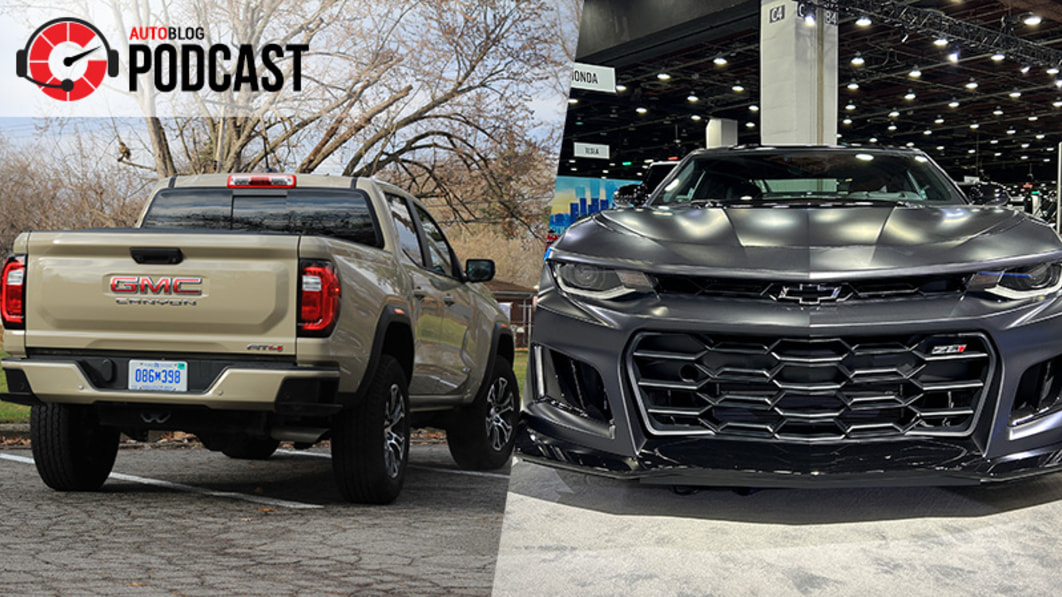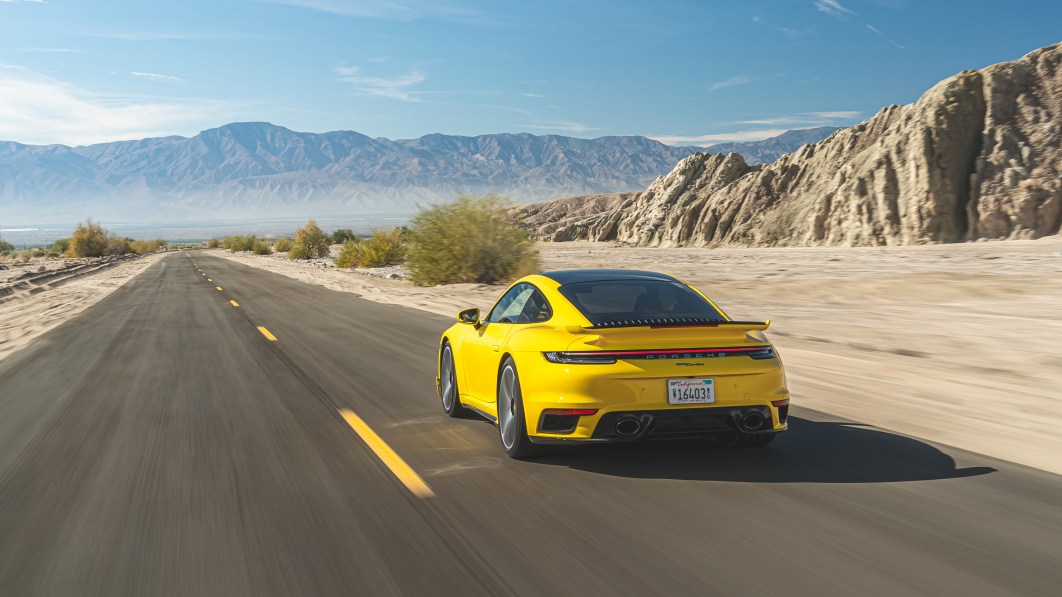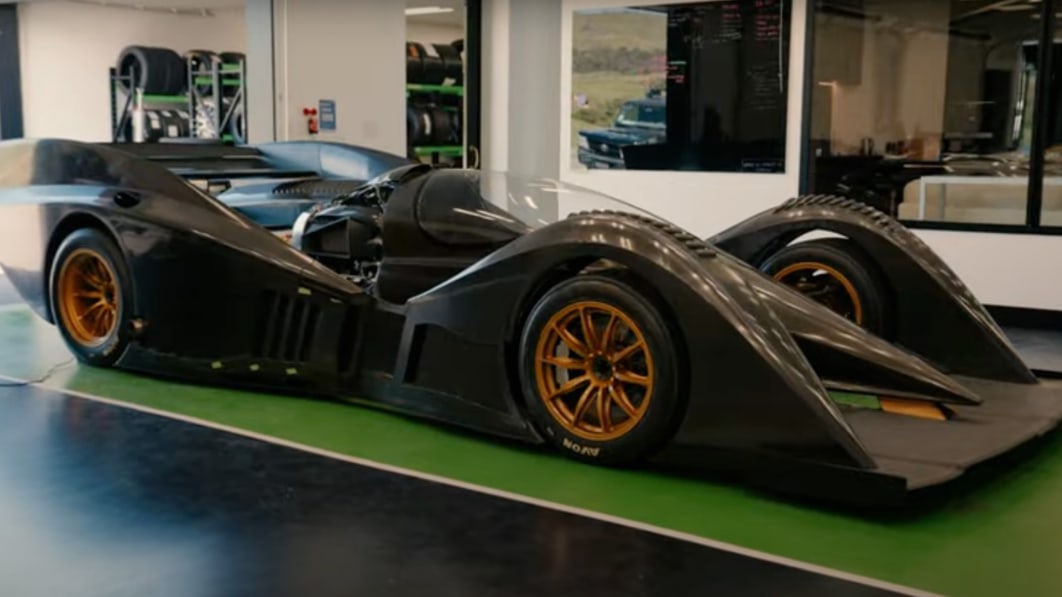Road & Track put McLaren Automotive CEO Michael Leiters through his interview paces, trying to assess how the ex-Ferrari man wants to return the carmaking operation to the top of the charts. Leiter, in place since late 2022, has mainly finished patching the holes in the ship like some organizational issues, delays with the Artura, and securing enough money to stay in business. There’s a long way to go to restore the glow of 12 years ago, when the MP4-12C impressed all with its combination of capability and drivability, however. The company still makes great cars, but of the current lineup, it’s the 750S and 765LT that shoulder McLaren’s aspirational allure; the GTS and Artura haven’t been nearly as convincing to the supercar set, and the balance sheet shows it. RT says 2023’s full-year loss of more than $1 billion on 2,137 global sales equated to McLaren losing more than $500,000 per car.
Naturally, Leiters didn’t get into how the current products might change to address that, but he vowed that supercars and Ultimate Series cars like the P1 and Senna would remain the “first focus.” The CEO believes one way McLaren can hit the front of the pack is by achieving what no competitor has so far: A lightweight EV supercar. There’s one such in development, the curb weight target is around the same 3,300 pounds as the Artura PHEV. “For me, a supercar that weighs two tons is no supercar,” he said. For comparison, the Lamborghini Revuelto is claimed to weigh about 3,900 pounds, the Rimac Nevera comes in at 5,100 pounds.
He also admitted that McLaren’s working on an SUV. Rather, the automaker’s working on a vehicle with “shared performance,” meaning it will fit more than two people, because SUV is still a bad word among superluxury makers until the first SUV is out the door making big bucks. The CEO’s ideal powertrain would be a plug-in hybrid based on a McLaren engine, but the car might not be a solo project, Leiters open to partnering with another automaker to “create synergies” so long as the result makes sure “not to lose anything which is core to McLaren and the DNA of the brand.” The idea’s familiar, we’ve just rarely seen it pulled off at this price point — something around $400,000, supposedly — outside of the Volkswagen Group.
The CEO had more to say on a range of topics, from too much serial production to too many limited editions, why an EV supercar could still make sense despite a softening market, and why the next Ultimate Series car doesn’t need to be all-wheel-drive even if it’s more powerful than the 903-horsepower P1. Head to RT for the full interview.

